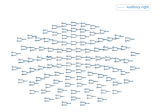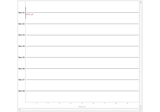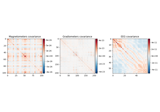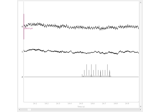Input/Output#
Recipes for reading and writing files. See also our tutorials on reading data from various recording systems and our tutorial on manipulating MNE-Python data structures.
Site Navigation
Section Navigation
mne.viz.BrainRecipes for reading and writing files. See also our tutorials on reading data from various recording systems and our tutorial on manipulating MNE-Python data structures.



